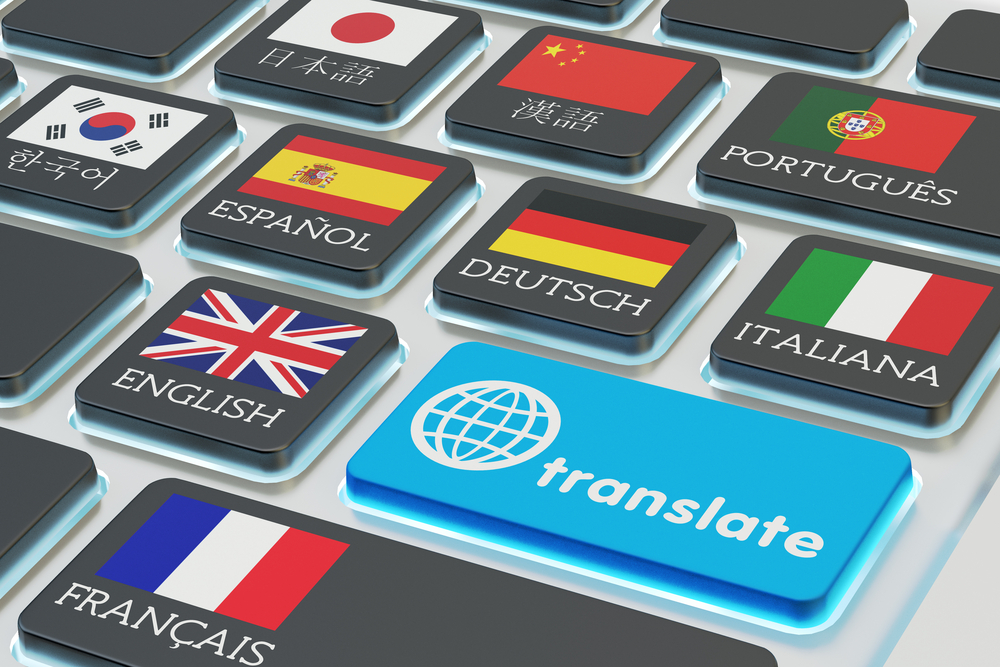Have you ever been tripped up by a minor detail in Court? Something not necessarily obvious or seemingly relevant can be the crack a barrister needs to insert his knife & widen the gap. But is the court bothered about accurate translation?
Many years ago we translated the colour of a car as bronze. The DVLA had it listed as brown. They’re pretty much the same colour aren’t they? The answer however bore no relevance to the case, but that didn’t stop the opposing counsel from suggesting our translator had got something wrong. Naturally that lead to him question what else he had got wrong. Fortunately the judge was pragmatic & our translators evidence was accepted in full.
This story is demonstrable of how important the little details are. The slightest variation has the ability to lead to a wide divergence in meaning. Ask an American for chips and you’ll receive what we call crisps, not French fries.
The Spanish word ‘intoxicado’ is close to the English ‘poisoned’ but due to an infamous yet understandable miss-translation Willie Ramirez was wrongly treated for a drug overdose, doctors taking the word to mean intoxicated. Sadly he was left quadriplegic resulting in a $71m malpractice settlement.
You would think that in this age of computers and artificial intelligence that it would be simple to get translations, and indeed it’s great if you’re in a foreign restaurant or lost in city. AI translations are good enough to communicate 99% of the time. However, would you want to risk going to Court with that possible 1% on your mind?
 Double Entendre
Double Entendre
We also must consider that many languages have words whose literal translations make little sense in another language. For example the German ‘Torschlusspanik’ literally translates to ‘gate-closing panic’. Its actual meaning is the fear of diminishing opportunities as one ages. The Swiss ‘Maskrosbarn’ translates directly to ‘dandelion child’ which means someone who has experienced a testing childhood but has turned out well in the end, similar to a dandelion breaking through hard ground. The Japanese ‘Tamago gata no kao’ is an endearing term closest to calling someone sweetheart. The literal translation is ‘eggs with eyes’.
In these cases the technical translation is completely unhelpful in understanding the meaning. We often need to use several words in these cases to ensure that the actual meaning is described rather than the literal, in a process known as circumlocution.
It also works the other way, a great example being the Chinese single word for ‘Gone With The Wind’ describing the instability in chaos including wind. Clever translation if you give a damn.
Translators can debate certain words. In English word ‘fair’ is a great example. We know it means treating things equally, yet is considered untranslatable directly into any other language without using at least one additional word. If a ball falls outside the boundaries of ‘fair’ play, it’s not unfair, it’s a foul generally. Google this and you’ll find a whole debate about its translation; if humans have differences of opinion on how to translate a word, then which direction will AI take with these them?
The country in which the language spoken can also effect its meaning. For example the Spanish ‘chambear’ translates to ‘work’ when spoken in Peru, Mexico & Ecuador. However in the Dominican Republic it means ‘to inhale cocaine’. Could lead to a lot of trouble when recruiting!
The positioning of phrases within the sentence can often confuse, especially as many languages configure their structure differently to English. Consider the sentence ‘Snooker table required for man with six legs’. Clearly the table has the six legs but if it’s ambiguous in its native language then the translator must be aware of this or risk mistranslating. The Two Ronnies used this to comedic effect ‘The police wish to interview a man wearing high heels and frilly knickers, but the chief constable said they must wear their normal uniforms.’ Try translating that & keeping the same wit.
AI Enhanced Translations
We do use AI ourselves for some of our initial work as it lightens the load in bulky texts but it is essential that a human then proofreads and adapts the translation to ensure that the flow of the script, the adaptability and the most accurate meaning is delivered.
AI is great for tourists but when it comes to translating legal documents, a few pounds spent with a certified human translator can pay huge dividends later, not to mention the peace of mind walking into Court.
For a quote on certified legal translations or court interpreters please click below:
